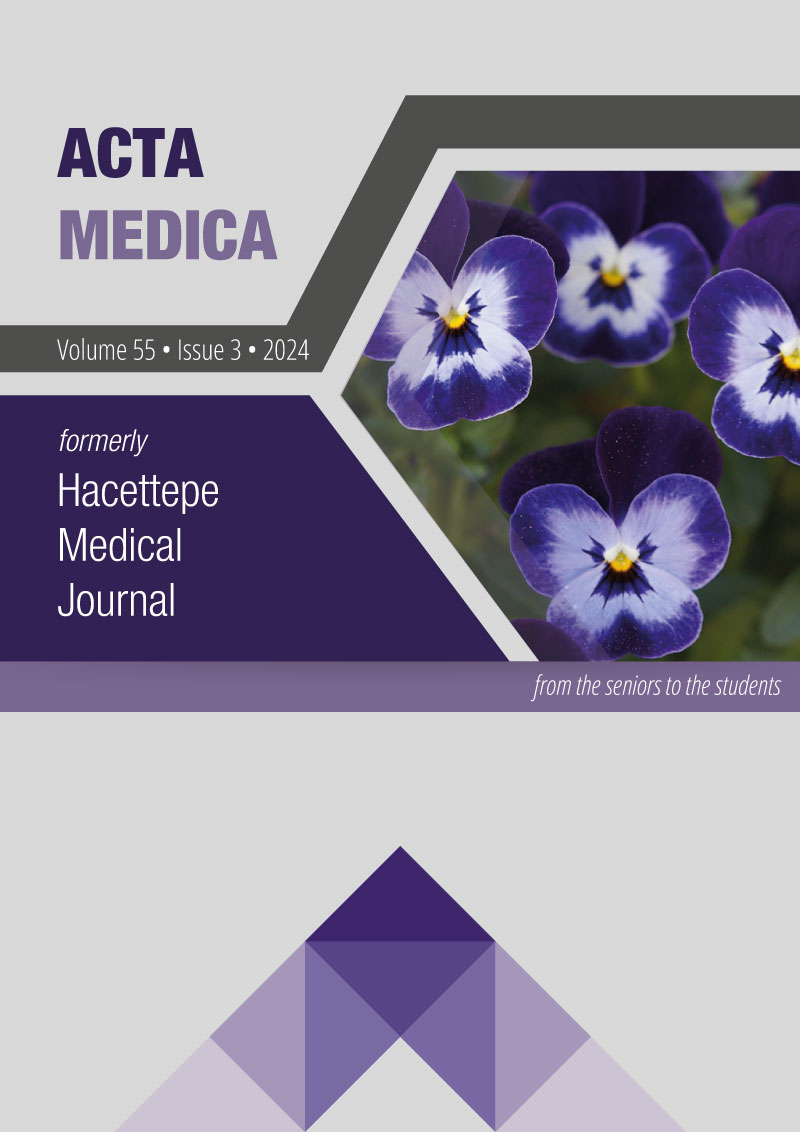Identification of bio-markers for insulin resistance and sensitivity through multi-omics analysis
DOI:
https://doi.org/10.32552/2024.ActaMedica.1028Keywords:
microbiome, metabolomics, multi-omics, type II diabetes mellitus, artificial neural networkAbstract
Aims: This study aims to identify multi-omics bio-markers for insulin resistance and sensitivity using machine learning approaches on a dataset integrated from several omics.
Methods: The study included 362 patients with Insulin Resistance and Insulin Sensitivity from the Integrative Personal Omics Profiling (iPOP) database. Combining the multi-omics data from the Integrative Human Microbiome Project, this study used machine learning to reveal the relationship between insulin resistance and insulin sensitivity.
Results: Of 362 patients 186 were insulin resistance and 176 were insulin sensitivity. 11,585 features were used, including clinical features, RNA transcripts, gut microbiota, cytokines, proteins, and metabolomics. We found 21 features capable of distinguishing insulin resistance from insulin sensitivity using a well-known artificial neural network (ANN) method. The model had an area under the receiver operating characteristic (AUC) of 0.97 in the validation dataset and 0.89 in the test dataset. The ANN model’s performance was compared with Random Forest model. Of the 21 new findings, two metabolites (methyl-uric acid and methylxanthine) are xenobiotics, and three RNA transcripts (SERPINF1, SLC2A2, and CHL1).
Conclusion: A small number of multi-omics features identified from 11,585 potential candidates for a machine learning model can accurately predict insulin resistance and sensitivity.
Downloads
Downloads
Published
How to Cite
Issue
Section
License
Copyright (c) 2024 Acta Medica

This work is licensed under a Creative Commons Attribution-NonCommercial-NoDerivatives 4.0 International License.


